We use the lower arm muscles often during our everyday lives to cook, clean, type on the computer, and work in the garden. But can you workout forearms everyday in the gym without any consequences?
You’ll soon find out.
Related posts
Can you workout forearms everyday without overtraining?
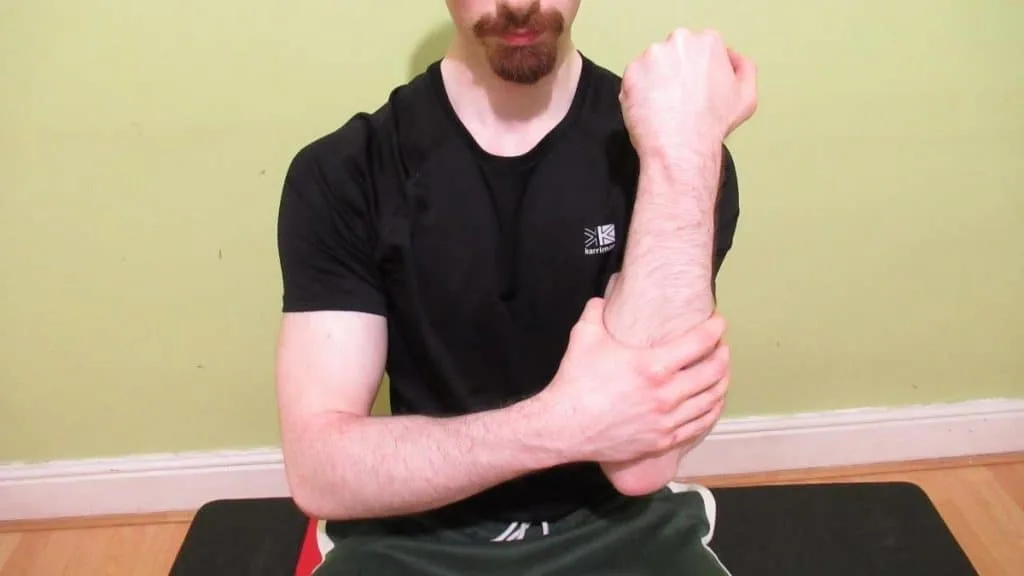
The ultimate question: Can you workout forearms everyday without running into trouble?
Yes, you can train your forearms daily without overtraining. [1] Many people who perform manual labor are naturally training their forearms every day, and they have the muscularity to back it up (just look at a blacksmith’s forearms).
However, there’s a significant difference between using your forearm muscles for labor and obliterating them in the gym for vanity. So from a muscle growth perspective, I absolutely do not recommend working out forearms everyday.
The benefits of training forearms everyday
Although I don’t train my forearms daily, I won’t deny that there are some benefits to doing so for certain kinds of lifters, which is to say, those who’re closing in on their forearm genetic limitations and want to spark new growth.
Faster forearm growth

Here’s the theory: When a muscle group gets more developed, its window for new growth decreases. So whereas a muscle with a novice training status might be able to grow for a full week post-training, a muscle closing in on its genetic potential might only have a 24-hour window of opportunity to get bigger.
So, if your forearms are already well developed, then in theory, at least, you might actually see maximum gains by training them daily because you’ll always be spiking protein synthesis as soon as it declines from the previous workout. [2]
Better lifting technique
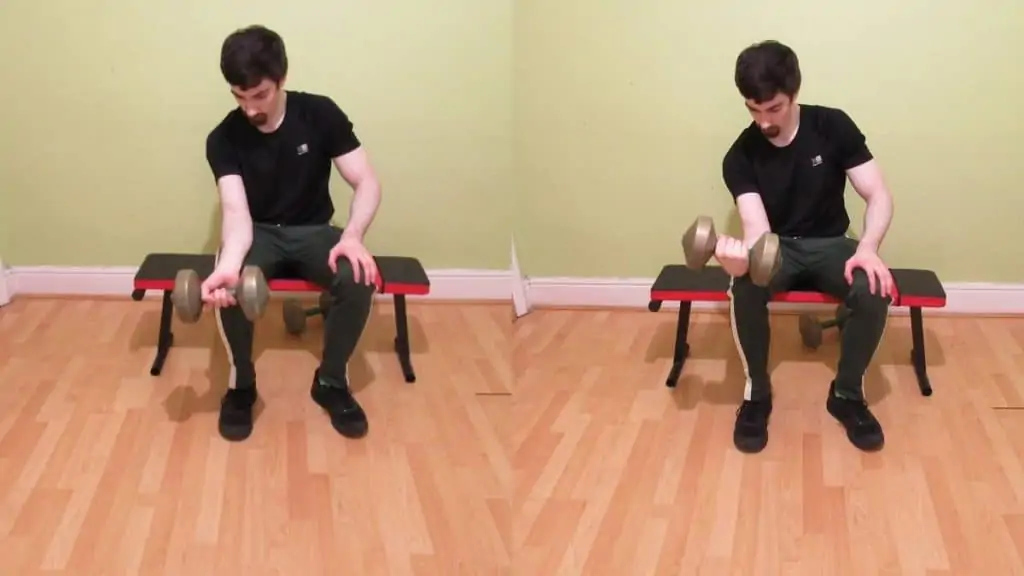
Who will be the better guitarist?
The guy who practices every now and then? Or the fella who plays 5 days a week?
Definitely the second guy, right?.
Well, the same is true for forearm training. The more that you practice a particular exercise, the more proficient you become at that specific movement. This makes each rep more effective (because you get really good at activating the muscles), which actually means that you can get away with less training volume.
Increased vascularity
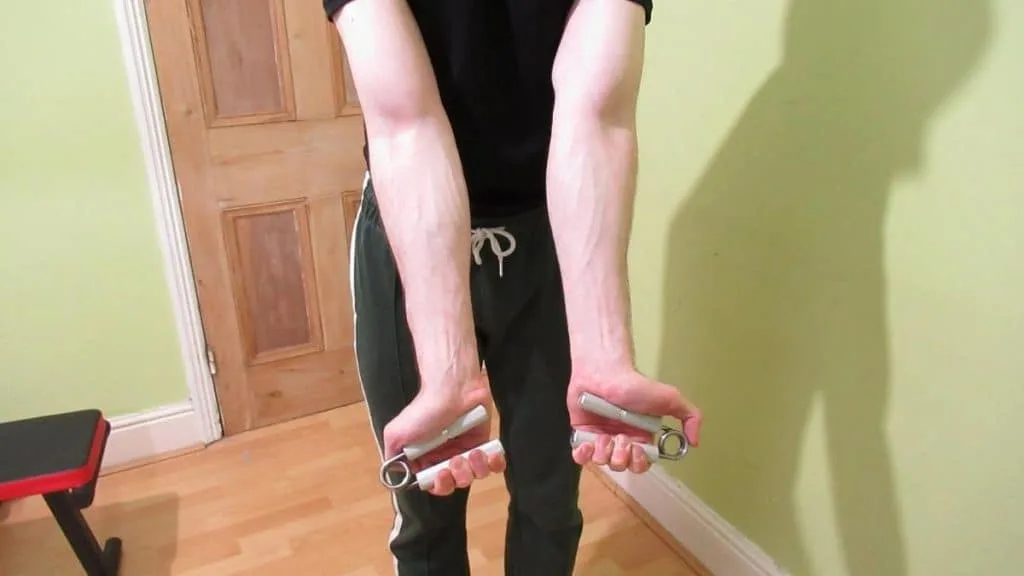
This is largely anecdotal, but the more often that you train a muscle, the more vascular it tends to look out of the gym. This makes sense, because with daily forearm training, you’re continually shuttling loads of blood into the muscle.
Of course, vascularity is mainly determined by your body fat and genetic predisposition. Still, there seems to be some sort of correlation between training frequency and vascularity, though if I’m honest, I think It’s a weak one.
More mental toughness

If you can tolerate the daily lactic acid from pumping up your forearms, then you obviously have some degree of mental toughness. Besides maybe the calves, having lactic acid in your forearms has to be the most intense place to get a pump.
Similarly, if you have the dedication to hit the gym daily, then you also clearly have impressive mental toughness. Just be sure to use it for more productive efforts out of the gym.
Quicker forearm recovery

Muscles adapt fast. At first, training forearms everyday might seem like a cruel punishment when you have to tolerate daily DOMS. [3] But eventually, the muscle soreness will decrease as your forearms become better equipped to handle regular weight training.
The trick is to find the volume that allows you to work your forearms everyday without causing too much soreness. Otherwise, you might actually find yourself getting weaker (more on this in a sec).
Faster strength development
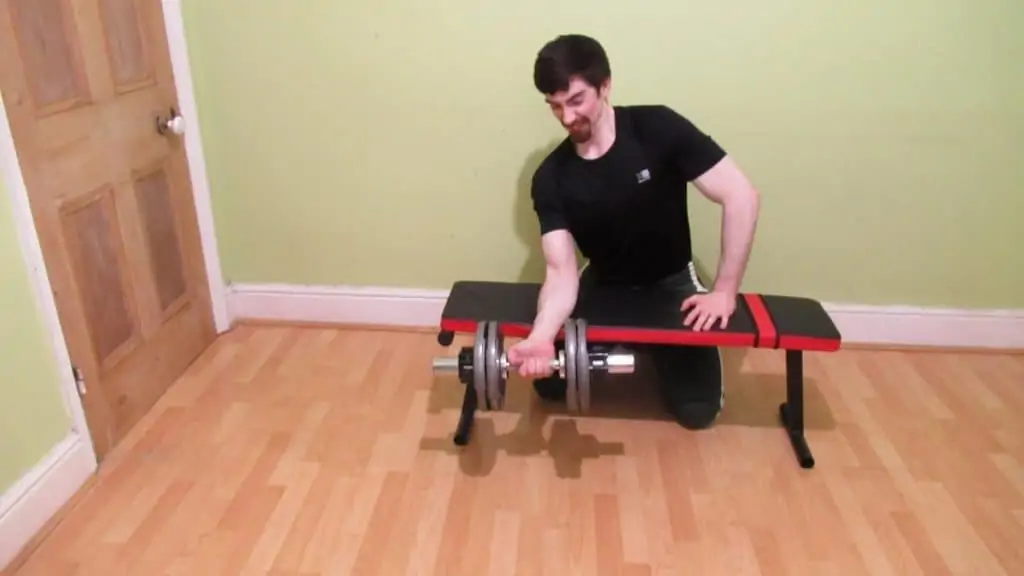
This benefit goes hand in hand with the technique one that I mentioned, but essentially, the more frequently that you perform a movement, the more proficient you become at it, and so the more weight you can lift (because strength has a large skill component to it).
This is why powerlifters can train so frequently. They’re merely practicing the movement most of the time. They’re not maxing out or training to failure, and so they can handle the high training frequency.
Related forearm posts
The downsides of working out forearms everyday
If you thought that working out forearms everyday was a good idea, then your whole world is about to come crashing down.
Reality check: There are many downsides.
Increased injury potential
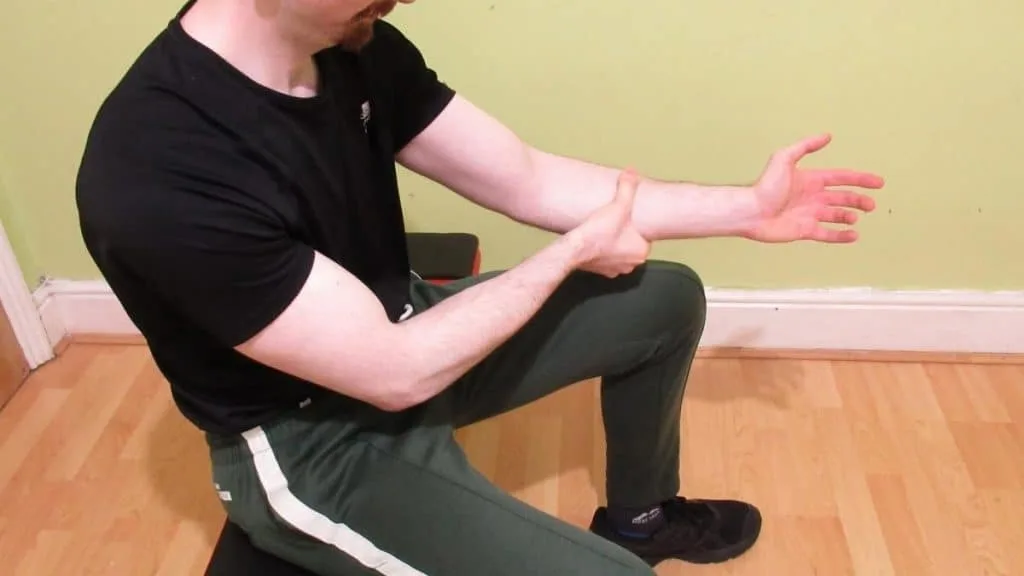
It’s simple probability. The more time under tension that you put a muscle under, the more opportunity it has to get injured.
But with daily training, you’re always flirting with the possibility of injury because it’s likely that you’ll never quite be fully recovered—even if protein synthesis is back to baseline.
Acute strength reduction
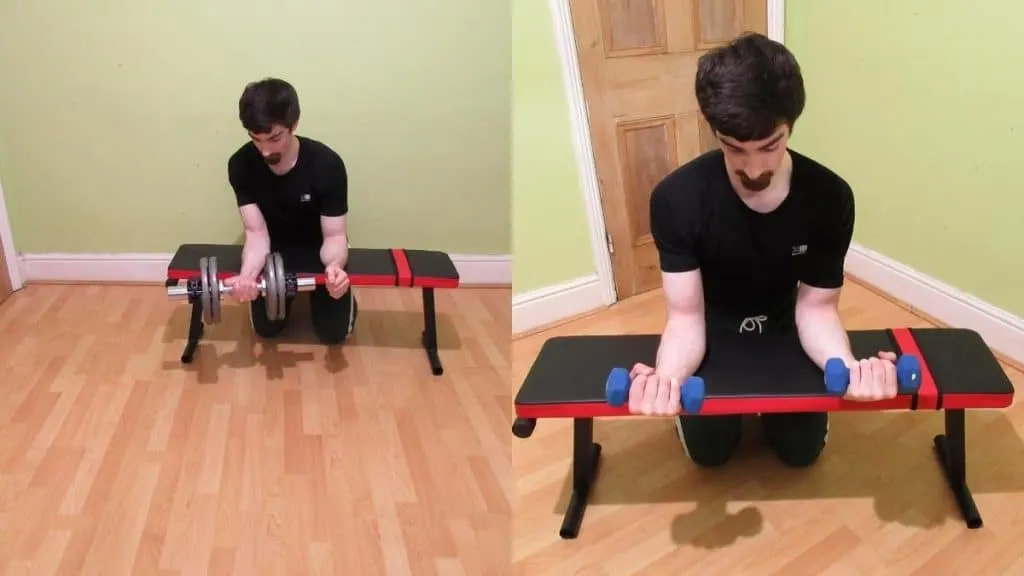
Many people think that they’re more advanced in training status (which is determined on a per muscle basis) than they actually are.
Even worse, they then decide to perform daily training for a given muscle.
But because they’re not yet equipped to handle this frequency, they actually become weaker because they can’t recover in time for their next session.
Of course, this can happen with the most advanced of lifters, too. After all, if you annihilate a muscle and train it again the next day, you’re going to run into problems, even if you’re a world-class bodybuilder.
Less long term forearm growth
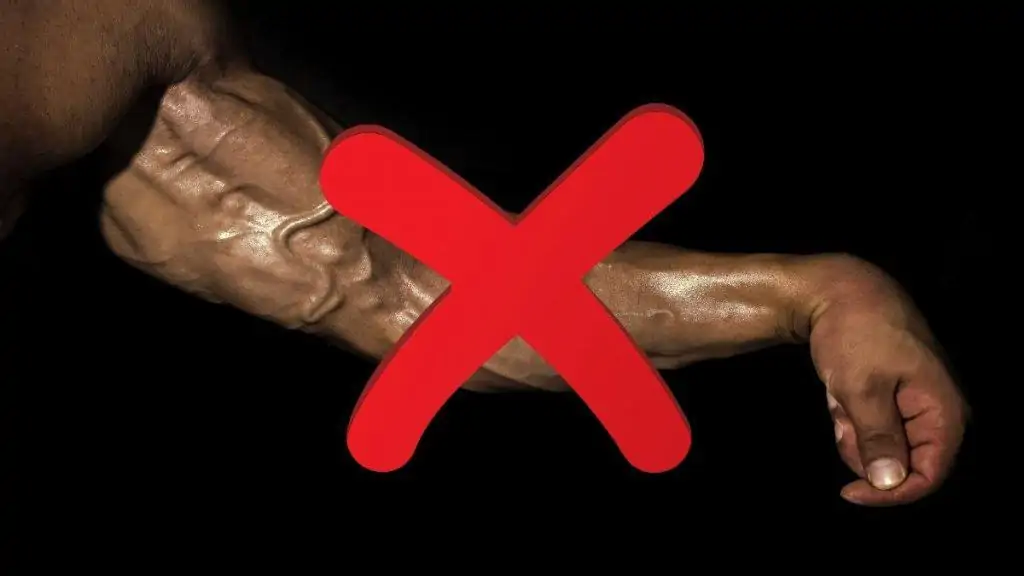
Muscles get broken down, they recover, and if your diet is good, they’ll grow bigger. At least that’s the basics of it.
The point is, if you’re training forearms everyday, then you’re never really giving your muscles enough time to recover in order to achieve maximum growth.
Sure, you’ll still get some recovery and likely some accompanying growth. But it’s doubtful that daily training is the best or fastest way to reach your muscular potential.
Decreased training enjoyment
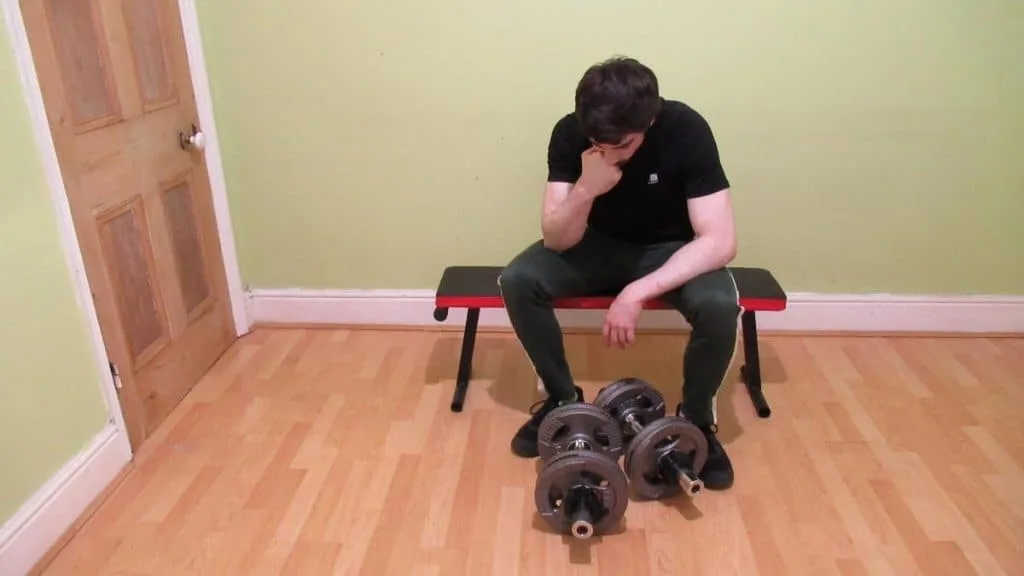
Working out forearms every is fun at first. You might even feel like you’re a kid again, happily playing on the equipment in the park.
But once the novelty wears off and you realize that you’re an adult obsessing over their forearm muscularity, you’ll soon see that you have no life outside of the gym. And who wants that?
When you feel like you have no other purpose, training your forearms everyday can seem like a good idea because it gives you something to focus on. The truth is that if you’re considering daily bodybuilding training for any muscle group, then you have bigger problems to sort out.
By all means, get strong, but don’t sell your soul for a few pounds of muscle.
More life stress

People who are highly detail orientated with their weight training are more prone to stress because they tend to overanalyze things. This then leads to more stress, and in turn, slower recovery, because you’re constantly worrying about your gains and if your training program is working.
On the contrary, someone who inadvertently works their forearms everyday in their job isn’t going to be obsessing over their gains. So even though they don’t take supplements and live a fitness lifestyle, they’ll actually recover faster and make more gains than the bodybuilder because stress kills performance and slows down recovery, thereby rendering daily muscle training useless.
The verdict: Can you workout your forearms everyday?
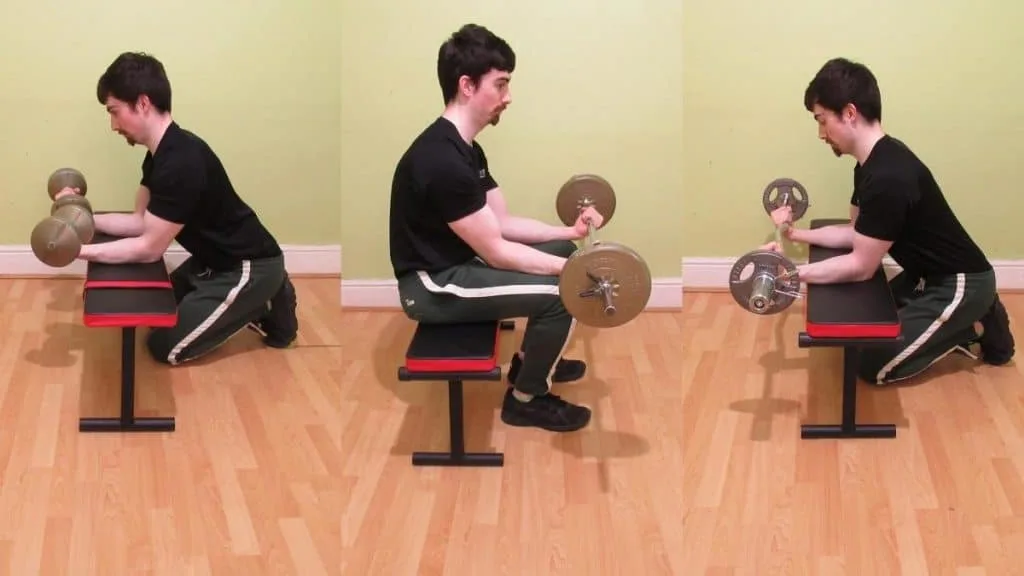
So, can you workout your forearms everyday? Yes, it’s entirely possible. But if you want a life outside of the gym, then it’s not advisable. You can still get great results from training them 1-3 times per week.
References
- Kreher, J. B., & Schwartz, J. B. (2012). Overtraining Syndrome. Sports Health: A Multidisciplinary Approach, 4(2), 128–138. https://doi.org/10.1177/1941738111434406
- Dankel, S. J., Mattocks, K. T., Jessee, M. B., Buckner, S. L., Mouser, J. G., Counts, B. R., Laurentino, G. C., & Loenneke, J. P. (2016). Frequency: The Overlooked Resistance Training Variable for Inducing Muscle Hypertrophy? Sports Medicine, 47(5), 799–805. https://doi.org/10.1007/s40279-016-0640-8
- Olson, G. (2019, June 25). What Is Delayed Onset Muscle Soreness (DOMS) and What Can You Do About It? Healthline. https://www.healthline.com/health/doms

